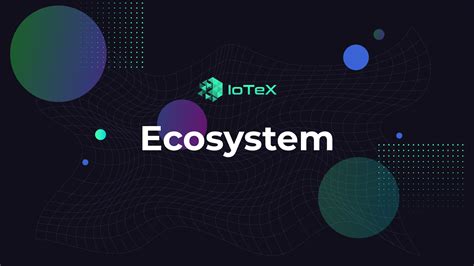Exploring the future of autonomous financial systems
Exploring the Future of Autonomous Financial Systems
The world is on the verge of a revolution in finance, with the rise of autonomous financial systems that offer unprecedented levels of efficiency, security, and innovation. As technology continues to advance at an exponential pace, we are witnessing a convergence of artificial intelligence (AI), blockchain, and cloud computing that is transforming the way banks, investors, and consumers interact with financial markets.
The Need for Autonomy
In recent years, traditional financial systems have been plagued by inefficiencies, complexity, and a lack of transparency. This has led to higher costs, lower customer satisfaction, and a general perception that the system is outdated and in need of reform. Autonomous financial systems are designed to address these issues by introducing self-driving algorithms, artificial intelligence, and machine learning to make better decisions, reduce risk, and deliver an unparalleled level of service.
Key Components of Autonomous Financial Systems
So, what exactly constitutes an autonomous financial system? Here are some of the key components:
- Artificial Intelligence (AI)

: AI-powered systems use machine learning algorithms to analyze large amounts of data, identify patterns, and make predictions about market trends.
- Blockchain: Blockchain technology enables secure, decentralized, and transparent record-keeping, reducing the risk of data breaches and cyberattacks.
- Cloud Computing: Cloud-based infrastructure provides scalability, reliability, and flexibility to support large-scale financial operations.
- Edge Computing
: Edge computing refers to processing data closer to its source, reducing latency and improving real-time decision-making.
Real-World Applications
Autonomous financial systems have already begun to materialize in several forms:
- Robo-advisors: Online platforms that offer automated investment management services using AI-powered algorithms.
- Digital Payments: Autonomous payment systems that use blockchain and AI to process transactions efficiently and securely.
- Automated Trading: AI-powered trading platforms that use machine learning to analyze market data and execute trades in real-time.
Benefits of Autonomous Financial Systems
So, what are the benefits of autonomous financial systems? Some of the key advantages include:
- Increased Efficiency: Autonomous systems can process transactions faster than human analysts, reducing wait times and improving customer satisfaction.
- Increased Accuracy: AI-powered algorithms can analyze large amounts of data, reducing errors and increasing accuracy in risk management and forecasting.
- Better Customer Experience: Personalized recommendations, real-time updates, and seamless user experience are just a few examples of the benefits that autonomous systems can provide.
- Reduced risk: By analyzing large data sets and identifying patterns, AI-powered systems can identify potential risks and alert human analysts to take corrective action.
Challenges and future directions
While autonomous financial systems offer great promise, there are also challenges to address:
- Regulatory frameworks: Governments must establish clear guidelines and regulations for the development and implementation of autonomous financial systems.
- Data quality issues: Ensuring that data is accurate, complete, and up-to-date is crucial to the success of autonomous systems.
- Cybersecurity: Protection against cyberattacks is essential to prevent the loss of sensitive customer information.
Conclusion
Autonomous financial systems represent a significant advancement in innovation and efficiency, with far-reaching implications for the future of finance.
